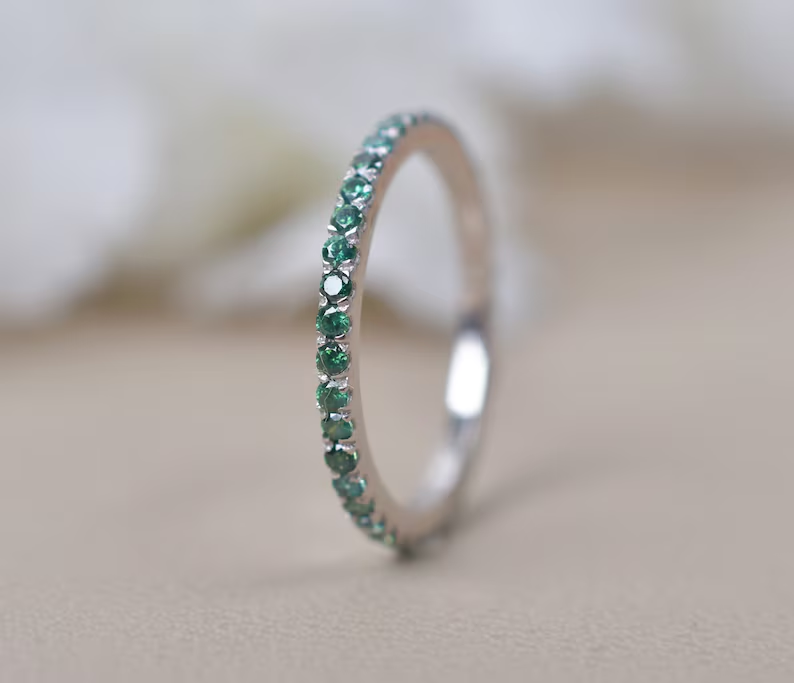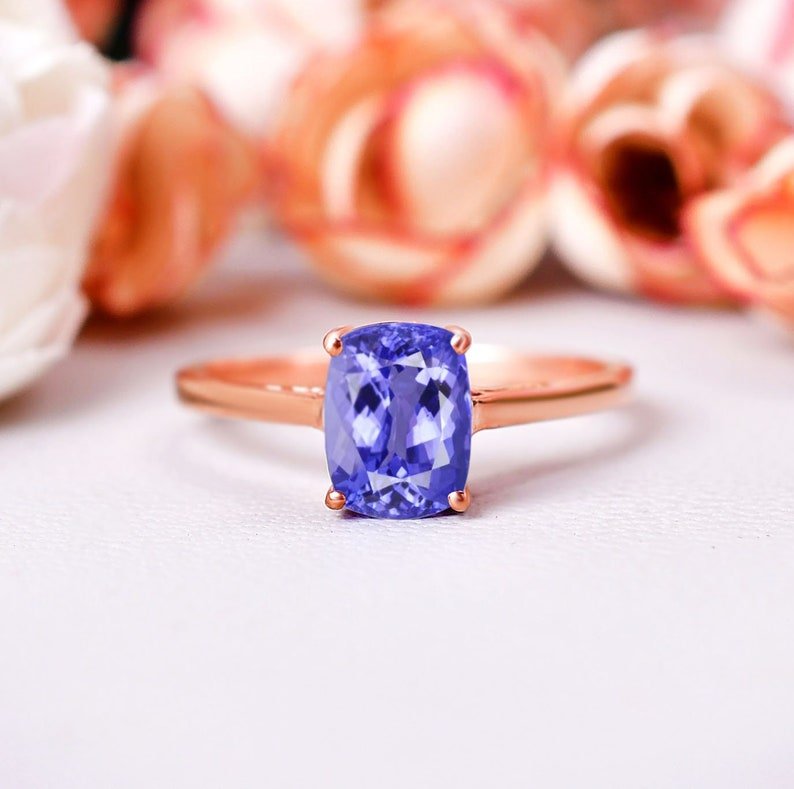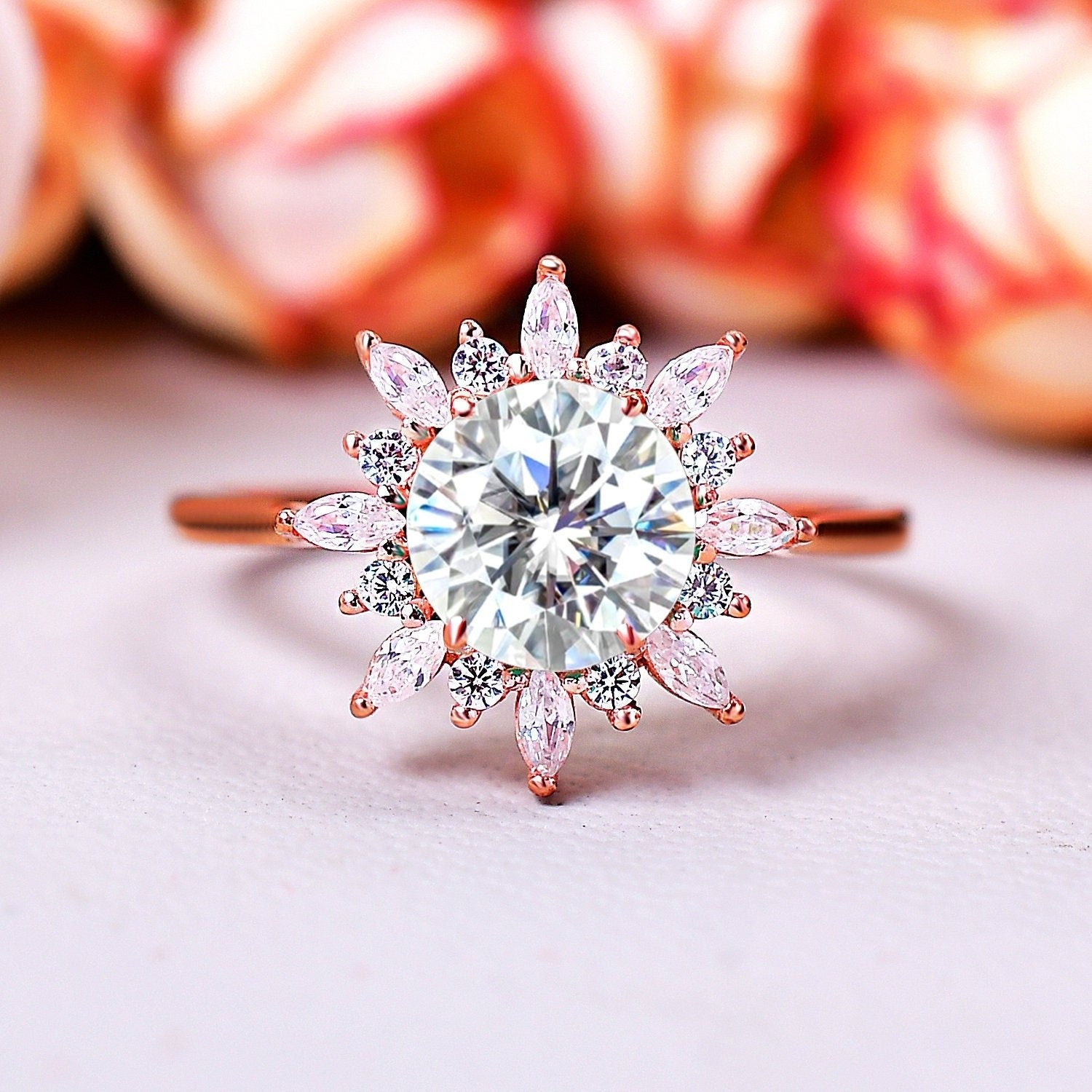What Finger and Hand Do You Wear a Promise Ring On? Your Complete, Expert Guide
Share

You’ve got a promise to make. It’s a big deal, right? Maybe it’s a promise of commitment to a partner, a pledge of friendship, or even a commitment to yourself. Whatever the promise, you’ve picked out the perfect ring to represent it. But now comes the tricky part: what finger does a promise ring go on? And just as importantly, which hand does a promise ring go on?
According to The Knot, promise rings are making a comeback, with more couples embracing them as a meaningful step before engagement. While they might look simple at first glance, the choice of finger (and hand) actually carries a history of symbolism.
This trend shows that the symbolism behind these rings is more important than ever. The choice of where you wear it—be it on a specific finger or a particular hand—is a huge part of that symbolism. It’s the visual cue that tells your story without you having to say a word.
This guide is designed to be your go-to resource. We’re going to walk through the history, the traditions, and the modern choices, so you can decide on the perfect placement for your ring. We’ll cover everything from the traditional options to the personal choices that make your promise truly your own. Let’s get into it.
Understanding Promise Ring Placement
Think about a wedding band. You see it on the left ring finger, and you instantly know the person is married, at least in many Western cultures. This isn't a coincidence. It's a tradition that's been passed down for centuries.
On Which Fingers Are Rings Worn?
Every finger has carried its own meaning throughout history. The ring finger, the classic fourth finger, is universally tied to love and commitment. This comes from the ancient Roman idea of the vena amoris, or “vein of love,” believed to connect that finger directly to the heart.
The index finger, meanwhile, has long symbolized leadership and authority, while the middle finger often represents balance and responsibility. The pinky finger? That one’s often connected with family ties, professional affiliations, or class rings.
So, when you ask what finger you wear a promise ring on, you’re not just choosing a spot for jewelry—you’re taking part in a centuries-old, silent conversation about symbolism.
The Meaning Behind Finger and Hand Placement in Different Cultures
While the left hand is the traditional choice in many Western countries (like the US, UK, and France), in others (like Russia, Germany, and India), the right hand is where a ring of commitment or marriage is worn. This is why knowing where you're from and what traditions you want to honor can be a big part of your decision. Your choice reflects not only your personal story but also your cultural background.
Helpful Guide: How to Measure Ring Size at Home
What Finger Does a Promise Ring Go On Traditionally?
Most of the time, the traditional answer is the left-hand ring finger. This placement signifies a romantic promise, a serious commitment that feels like a precursor to a future engagement. Wearing a promise ring on this finger clearly communicates a deep, romantic connection. It’s a bold and beautiful statement.
But what if you don’t want to be so traditional? Maybe your promise isn’t romantic, or you just want to do something different. Here’s a breakdown of some alternative options for where to wear a promise ring:
The great thing about promise rings is that they are deeply personal. The finger you choose can help shape the meaning behind your promise. Maybe you wear a promise ring on your middle finger as a reminder to be kind to yourself. Or perhaps a promise of friendship is worn on the index finger. There’s no single “right” way to do it. The best way is the one that feels right to you.
Which Hand Does a Promise Ring Go On?
Here’s where things can feel a little more complicated: the choice often depends on both culture and personal preference.
Hand Choice: Left Hand or Right Hand?
In most Western traditions, the left hand is tied to romance. That’s why a promise ring on the left ring finger often signals a step toward engagement.
This practice stems from the Roman belief in the vena amoris, and it’s a tradition that has stuck around. However, in many parts of the world, like Germany, Norway, and Russia, the right hand is used for engagement and wedding rings. For this reason, a promise ring might also be worn on the right hand.
Practices and Traditions in Western vs. Eastern Countries
In the U.S. and Europe, the left ring finger is commonly used for promise rings, while in some Eastern cultures, the right hand is more often linked to commitment. In many Eastern cultures, like in India, the right hand is considered the "pure" hand and is therefore the one used for sacred ceremonies and commitments. That’s why you might see couples wearing matching rings on the right hand in places like India or Russia.
Explore: Types of Rings You Should Know Before Buying One
Personal Preference and Lifestyle Choice
Sometimes, the decision is less symbolic and more practical. For instance, if you use your hands a lot at work, you might prefer wearing the ring on your non-dominant hand to keep it safe from scratches. Someone very active might also choose their non-dominant hand for the same reason.
When and Why People Switch the Hand Their Promise Ring is On
It’s pretty common to move a promise ring later. Many people start with the left hand and then shift it to the right once they get engaged—keeping both the promise ring and engagement ring meaningful, but separate. This is a great way to honor both commitments.
Where Do You Wear a Promise Ring?
Here's a quick summary of the most common combinations to help you decide where do you wear a promise ring.
- Left Ring Finger: This is the preferred choice for romantic promises, especially if you see it as a pre-engagement ring.
- Right Ring Finger: This is a fantastic option for non-romantic promises, like a promise to yourself or a family member. It’s also the culturally appropriate choice in some countries.
- Other Fingers (Thumb, Middle, Index, Pinky): These are great for showing unique meanings, personal comfort, or as a simple fashion statement. Wearing a promise ring on one of these fingers can make the statement that the promise is all about you and your unique commitment.
Must-Read: How to Clean a Silver Ring at Home
How to Pick the Best Finger and Hand for a Promise Ring
So, you’ve got all the information. Now, how do you make the decision? Let’s walk through some practical ideas to help you find the best placement.
- Consider the Meaning: What does this promise mean to you? Is it a romantic commitment? A promise of friendship? A promise to yourself? The meaning should be your North Star.
- Think About Comfort and Lifestyle: Are you a student, an artist, a construction worker? If your job involves a lot of manual labor, you might want to wear your ring on your non-dominant hand to protect it.
- Culture and Family Traditions: Do you want to honor your family's heritage or traditions? Talk to your parents or grandparents about what a ring means in your culture.
- Ring Stacking: If you wear a lot of rings, consider how the promise ring will fit in. You might want to wear it on a separate finger to let it stand out, or you might want to stack it with other rings.
A great way to figure this out is to simply try it out. Wear the ring on different fingers and hands for a few days. At the end of the day, the answer isn’t set in stone. The best choice is whichever finger feels comfortable and most right for you.
Jewelry Care Tip: How to Clean a Diamond Ring?
Current Trends and Celebrity Styles for Placement
Today’s trends are all about individuality and personalization. We’re seeing a big shift away from strict tradition and toward self-expression. Celebrities like Ariana Grande and Miley Cyrus have popularized unique ring-wearing practices, showing that it’s cool to deviate from the norm. It’s all part of a broader trend toward a more personalized approach to jewelry and commitment. The answer to which hand to wear a promise ring is becoming more and more personal.
Caring for Your Promise Ring According to Placement
Your promise ring is a precious symbol, and you want to keep it looking great. The finger you wear it on can affect how quickly it wears down.
- On a dominant hand: Rings worn on your dominant hand are more exposed to daily wear and tear. You might want to consider a more durable metal like platinum or palladium, and a setting that protects the center stone.
- Maintenance: No matter where you wear it, regular cleaning is key. Use a soft brush and a mild soap to keep your ring sparkling. Get it professionally checked every six months to make sure the setting is secure.
Conclusion
So, we've covered it all. The tradition, the personal choices, the myths, and the modern trends. The truth is, there's no single perfect answer to what finger does a promise ring go on? or what hand does a promise ring go on?
The most important thing to remember is this: your promise is a unique and personal commitment. The placement of your ring should reflect that. Whether you choose the traditional left-hand ring finger or a more personal choice, your ring tells a story that is entirely your own. Wear it with pride, wear it in a way that feels right to you, and let it be a daily reminder of the promise you’ve made.
FAQs
Q1. Is Promise rings have to always go on the left ring finger?
This is simply not true. As we’ve discussed, the most meaningful choice is a personal one. The traditional placement is just that—a tradition, not a rule. The answer to what finger does a promise ring go on is ultimately up to you.
Q2. Can you change the finger or hand in the future?
Absolutely. Many people do this, especially when they move on to an engagement ring. There's no law or rule that says your ring has to stay in one place forever.
Q3. Is there a "wrong" way to wear a promise ring?
The only "wrong" way is the way that doesn't feel true to your promise. The ring is a symbol, and a symbol’s power comes from the meaning you give it.



